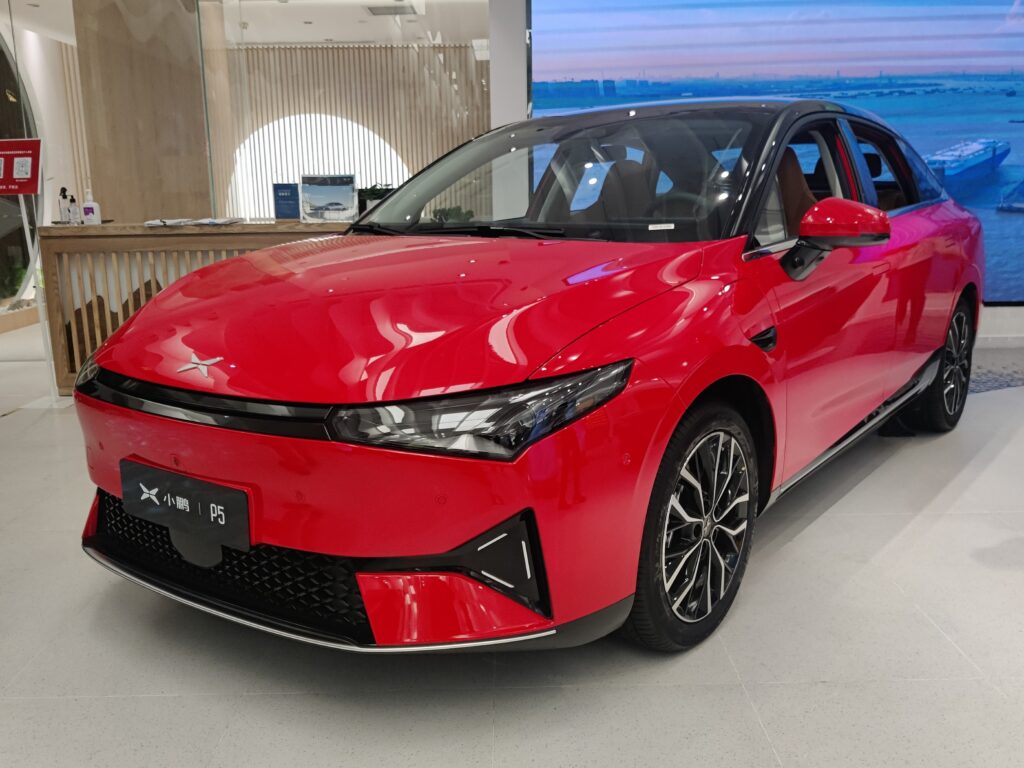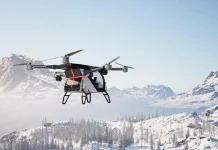XPeng Motors has announced a full-scenario driver assistance tech system that will be unveiled in the first half of 2023, thus going a step further to fully autonomous driving.
According to some industry analysts, the Guangzhou-based electric vehicle start-up is set to be the world’s first to deliver point-to-point driver assistant services from vehicle switch-on to parking with an updated version of its XPilot technology (via South China Morning Post).
The current XPilot 3.0 version was unveiled earlier this year. It has navigation guided pilot (NGP) functions on highways and has recorded 11.98 million kilometers of driving. It is now being superseded by XPilot 3.5, set to go live in the first half of 2022. This will in turn be upgraded to XPilot 4.0 in 2023 to enable full-scenario driver assistance on XPeng vehicles.
XPilot 3.5 will provide driver assistant technology on the roads in urban areas. XPeng’s P5 sedan, the world’s first Lidar-guided smart car, will be able to self-park and read traffic lights.

He Xiaopeng, co-founder and chief executive of XPeng on Sunday said that the company will be accelerating the development process to mass-produce vehicles fitted with the latest digital technologies to stay ahead of competitors. These include companies like NIO, WM Motor, BYTON, Lucid, Qoros Auto, Lit Motors, and of course, Tesla.
“Our exploration of more efficient, safer, carbon-neutral mobility solutions goes far beyond just smart EVs,” Xiaopeng said at the company’s Tech Day virtual briefing. “It is the cornerstone of our long-term competitive advantages.”
A driver assistance system (DAS) is a precursor to autonomous driving that analyses real-time traffic data sent by on-board sensors using algorithms. Environment-detection sensors can assist a vehicle in deciding whether or not to pass a slow-moving vehicle, although human involvement is still required.
XinZhou Wu, vice-president of autonomous driving at XPeng Motors said that XPilot 4.0 will be built on a comprehensive hardware upgrade. This will be supported by two Orin-X autonomous driving system-on-the-chip units, 8-million-pixel front-view binocular camera and 2.9-million-pixel side-view cameras.
RELATED:
- Xpeng’s flying car brand raises over $500 million, targets 2024 launch
- China EV market continues to surge, latest BYD & XPeng figures underscore massive demand
- Chinese EV maker XPeng working on a rideable robot unicorn for kids
- XPeng P5 Smart EV announced; powered by LiDAR-equipped XPILOT 3.5 and Xmart OS 3.0
- Lizhi partners with Tesla-rival Xpeng to bring Clubhouse-like Live-stream podcast in-car






